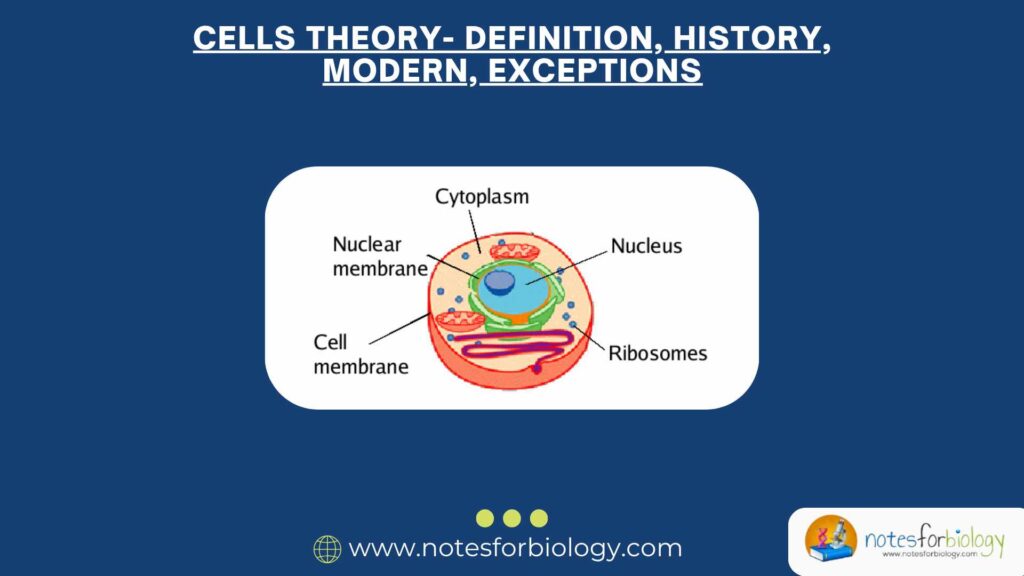Cancer is one of the most complex and devastating diseases affecting millions worldwide. At its core, cancer is a disease of abnormal cell behavior—where cells lose their normal regulatory mechanisms, grow uncontrollably, and spread to other tissues. Understanding cancer cells—their definition, appearance, types, and how they develop—is crucial for both medical professionals and the general public. This article provides a detailed yet simple explanation of cancer cells, covering their key characteristics, classification, and the step-by-step process of cancer formation.
Table of Contents
1. Definition of Cancer Cells
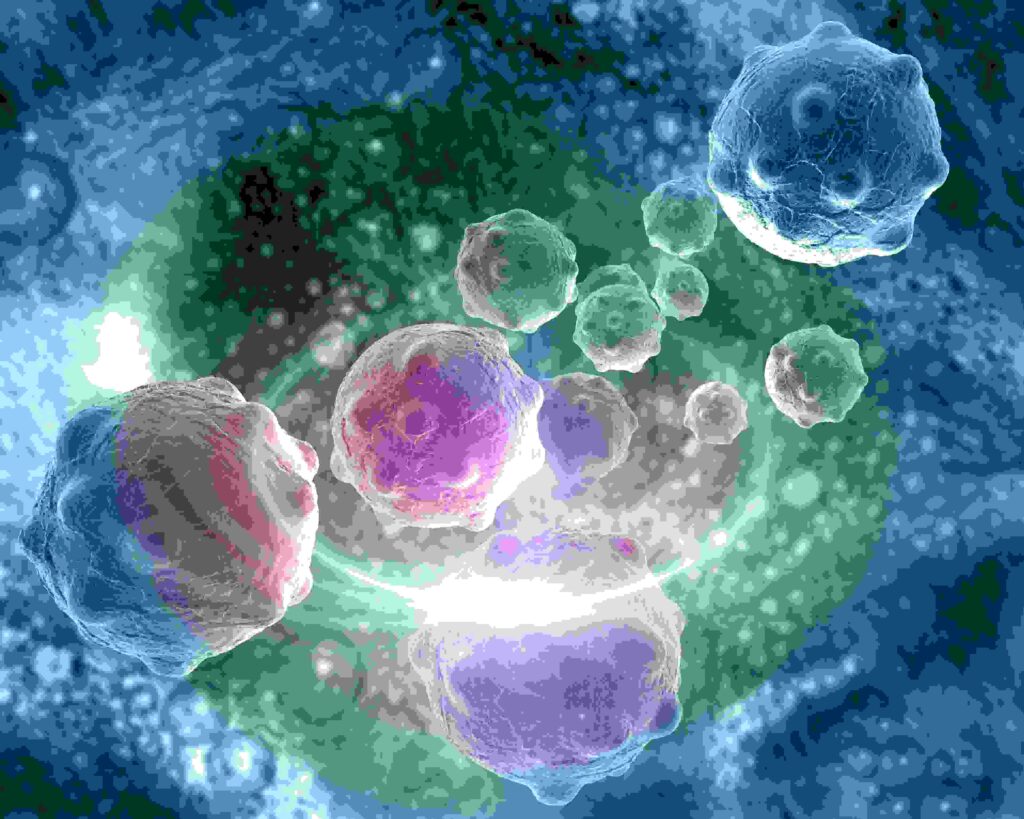
Cancer cells are abnormal cells that divide without control and can invade nearby tissues. Unlike normal cells, which follow a strict life cycle of growth, division, and death (apoptosis), they ignore these rules. They continue multiplying, resist cell death, and can spread (metastasize) to other parts of the body.
Key Features of Cancer Cells:
- Uncontrolled Growth: Normal cells stop dividing when they receive signals from the body. Cancer cells ignore these signals and keep multiplying.
- Avoidance of Cell Death (Apoptosis): Healthy cells die when damaged, but these cells survive and keep dividing.
- Invasion & Metastasis: They break away from their original location, enter blood or lymph vessels, and form new tumors elsewhere.
- Genetic Instability: These cells often have mutations in DNA that lead to further abnormalities.
How Do Normal Cells Become Cancerous?
Cancer starts when mutations (changes in DNA) disrupt genes that control cell growth. These mutations can be caused by:
- Carcinogens (tobacco, UV radiation, asbestos).
- Viruses (HPV, Hepatitis B).
- Inherited genetic defects (BRCA1/BRCA2 in breast cancer).
- Chronic inflammation (long-term irritation leading to DNA damage).
Once a cell becomes cancerous, it forms a tumor (a mass of abnormal cells). Not all tumors are cancerous—benign tumors grow slowly and do not spread, while malignant tumors are aggressive and invade other tissues.
2. Morphology (Appearance) of Cancer Cells
Under a microscope, these cells look very different from normal cells. Pathologists (doctors who study tissues) use these differences to diagnose cancer.
A. Shape and Size Abnormalities
- Irregular Shape: Normal cells have a uniform shape (e.g., round, oval, or columnar). Cancer cells are often misshapen, asymmetrical, or elongated.
- Variable Size (Anisocytosis): Some cancer cells are much larger (macrocytosis) or smaller (microcytosis) than normal cells.
- Large, Dark Nucleus: The nucleus (DNA-containing part) is often enlarged, irregular, and stains darker due to excess DNA.
B. Changes in Cellular Structure
- Loss of Polarity: Normal epithelial cells align in an orderly fashion. Cancer cells grow chaotically, losing their original structure.
- Poorly Defined Borders: Healthy cells have clear membranes, while cancer cells often have fuzzy or indistinct edges.
- Abnormal Cytoplasm: The cell’s fluid (cytoplasm) may appear granular or unevenly distributed.
C. Abnormal Cell Division (Mitosis)
- Increased Mitotic Figures: Cancer cells divide rapidly, so microscopes show more dividing cells than in normal tissue.
- Multinucleation: Some cancer cells have multiple nuclei instead of one.
- Chromosomal Defects: Cancer cells often have broken, missing, or extra chromosomes (e.g., Philadelphia chromosome in leukemia).
3. Types of Cancer Cells
Cancers are classified based on where they start and how they behave. The main categories are:
A. Carcinomas (Most Common – 80-90% of Cancers)
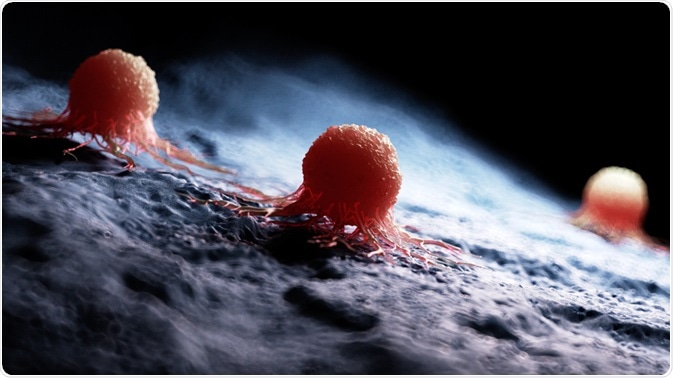
- Origin: Epithelial cells (skin, lining of organs).
- Subtypes:
- Adenocarcinoma (glands – breast, prostate, lung).
- Squamous cell carcinoma (skin, throat, esophagus).
- Basal cell carcinoma (skin cancer, less aggressive).
- Behavior: Often spread through lymph nodes first.
B. Sarcomas (Rare – 1% of Cancers)
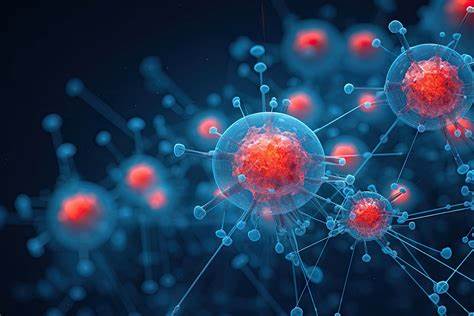
- Origin: Connective tissues (bone, muscle, fat).
- Examples:
- Osteosarcoma (bone cancer).
- Liposarcoma (fat tissue cancer).
- Behavior: Aggressive; spreads via blood.
C. Leukemias (Blood Cancers)
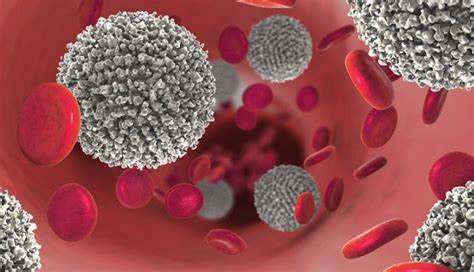
- Origin: Bone marrow (where blood cells are made).
- Types:
- Acute leukemia (fast-growing, e.g., ALL, AML).
- Chronic leukemia (slow-growing, e.g., CLL, CML).
- Behavior: Floods blood with abnormal white cells; no solid tumors.
D. Lymphomas (Immune System Cancers)

- Origin: Lymph nodes, spleen.
- Types:
- Hodgkin’s lymphoma (Reed-Sternberg cells present).
- Non-Hodgkin’s lymphoma (more common).
- Behavior: Causes swollen lymph nodes, weakens immunity.
E. Myelomas (Plasma Cell Cancers)
- Origin: Bone marrow plasma cells.
- Example: Multiple myeloma.
- Behavior: Weakens bones, causes kidney damage.
F. Central Nervous System (CNS) Cancers
- Origin: Brain or spinal cord.
- Examples:
- Glioblastoma (most aggressive brain tumor).
- Medulloblastoma (childhood brain cancer).
- Behavior: Hard to treat due to blood-brain barrier.
4. Development of Cancer (Carcinogenesis)
Cancer doesn’t form overnight—it develops in stages over years due to accumulated mutations. The process involves:
A. Initiation (First Mutation)
- A carcinogen (e.g., cigarette smoke, UV rays) damages DNA.
- The cell does not repair the mutation properly.
- The mutated cell remains dormant until further triggers.
B. Promotion (Growth Stimulation)
- Repeated exposure to promoters (hormones, alcohol, inflammation) makes the mutated cell divide.
- A small cluster of abnormal cells forms (pre-cancerous lesion).
C. Progression (Full Cancer Development)
- More mutations occur, making cells more aggressive.
- They gain abilities like:
- Angiogenesis (creating blood vessels to feed the tumor).
- Invasion (breaking into nearby tissues).
- Metastasis (spreading to distant organs).
D. Metastasis (Cancer Spread)
- Detachment: Cancer cells break from the primary tumor.
- Invasion: They enter blood vessels or lymph nodes.
- Circulation: They travel to distant organs (lungs, liver, bones).
- Colonization: They grow into secondary tumors.
Conclusion
Cancer cells are dangerous because they ignore normal growth controls, multiply endlessly, and spread. Their abnormal shape, genetic instability, and ability to metastasize make them deadly. Understanding their types and development helps in early detection and treatment. While research continues to find better therapies, prevention (avoiding carcinogens, healthy lifestyle) remains the best defense against cancer.
FREQUENTLY ASKED QUESTIONS
What are cancer cells ?
Cancer cells are abnormal cells that grow uncontrollably, invade surrounding tissues, and can spread (metastasize) to other parts of the body. Unlike normal cells, which follow strict biological rules for growth and death, cancer cells ignore these signals, leading to uncontrolled division and tumor formation.
How are cancer cells formed ?
Cancer cells develop when normal cells undergo genetic mutations that disrupt their growth and division controls. This process, called carcinogenesis, happens in stages over months or years
How are cancer cells different from normal cells ?
Cancer cells differ from normal cells in their uncontrolled growth, ability to evade cell death, irregular shape and size, genetic instability, altered metabolism, resistance to immune detection, and capacity to spread to other body parts.
Related Articles



